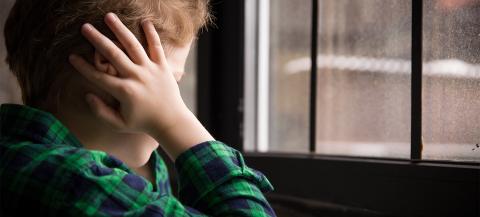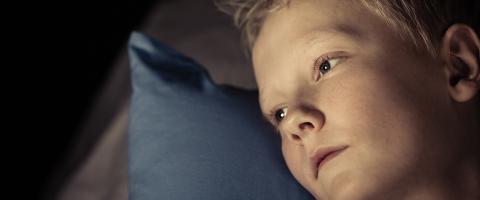
There was a longstanding belief that pre-pubescent children were too developmentally and cognitively immature to experience the core aspects of depression. In the mid-1980s research studies disputed those claims. By the late ‘80s, it was widely accepted that children ages six and older could
Read More
In adults, bipolar disorder is characterized by swings from severe states of depression to states of either mania or hypomania (a less intense form of mania). A full manic episode usually lasts at least a week, although for some people it can last several weeks.
Read More
Adverse childhood experiences such as exposure to trauma or violence, even during the prenatal period when the brain is first developing, mold how the brain is organized, and have major impact on how our genes are expressed. Brain imaging studies show that traumatized children or children raised
Read More
Bipolar illness was once referred to as “manic-depressive” illness. It’s usually a lifelong disorder, characterized by episodes of abnormal, often persistent, highs, and abnormal, often persistent, lows. The highs are characterized by a “too good” mood, irritability, increased energy, increased
Read More
Suicidal ideation doesn’t carry an awful lot of weight at a very young age. And suicidal behavior––as distinguished from talking about it––is very, very rare in young children. You rarely see suicide attempts before puberty. The nature of most attempts in the young child are basically doing
Read More
You want to ask who at the school or hospital, or within its department of psychiatry, sees children. Find out who in particular specializes in the kind of problem your child may be facing. Once you are presented with the name of a doctor or therapist, it’s smart to ask how much experience that
Read More


